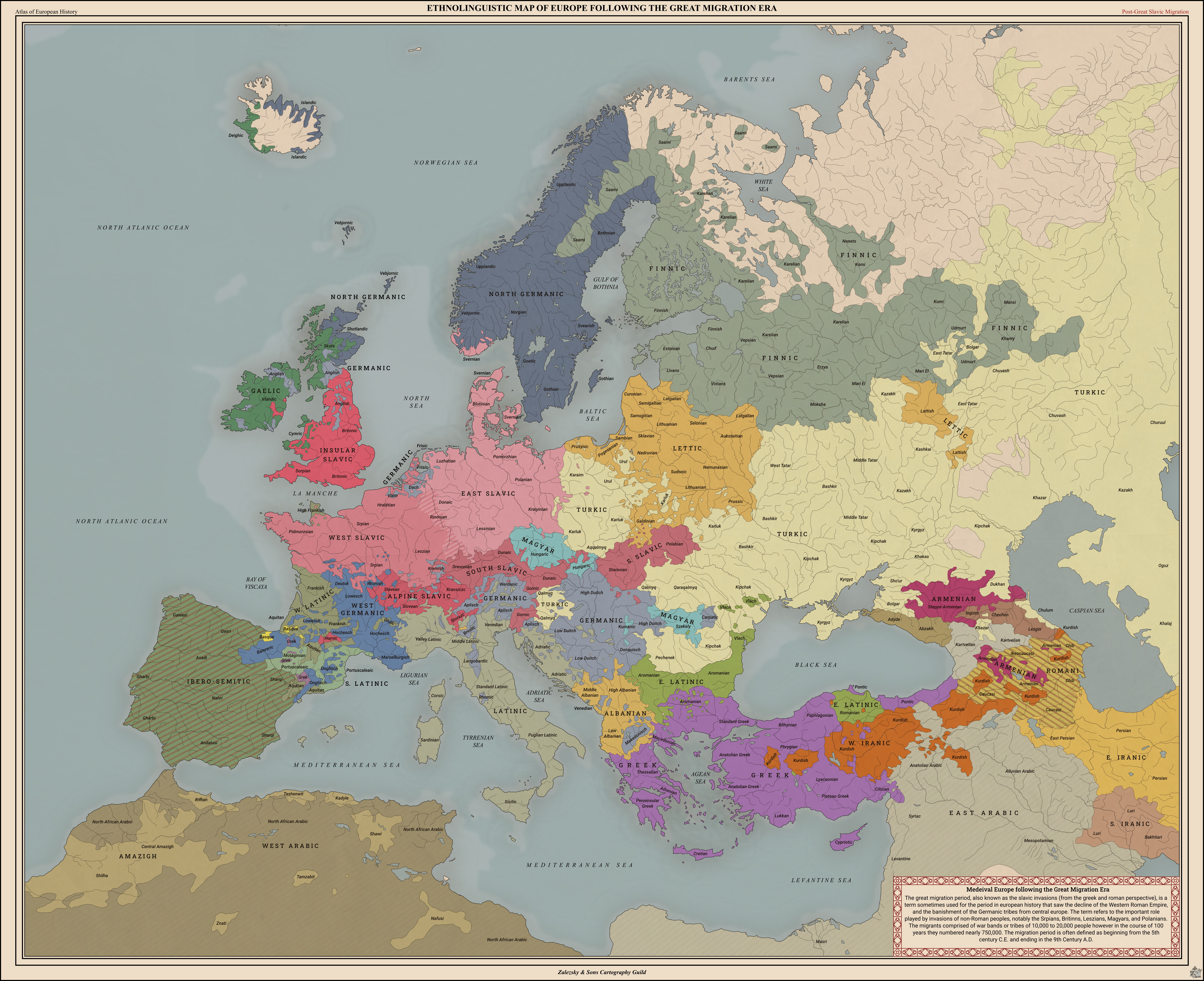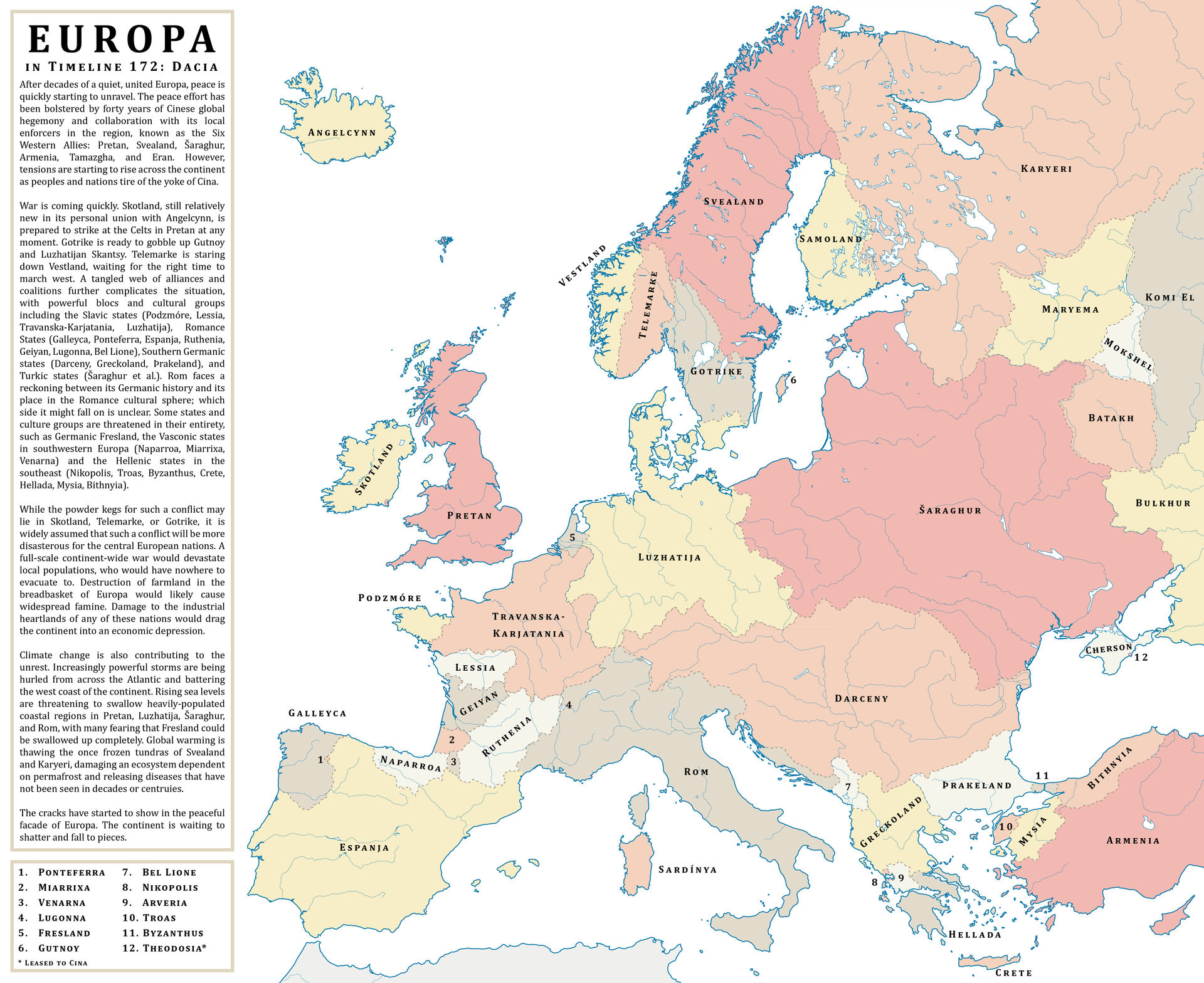You are using an out of date browser. It may not display this or other websites correctly.
You should upgrade or use an alternative browser.
You should upgrade or use an alternative browser.
Map Thread XX
- Thread starter Balkanized U.S.A
- Start date
- Status
- Not open for further replies.
Eyre has less then 2000 people in it IRL and not a lot of people surround it. it will become a rotten boroughs with it being controlled by the Cattle station owners
That was edited away on the main map some time ago, so even I don't know anymore. If it was still there it would probably be a Chinese Exile State propped up by Pallavas, which does extensive meddling in that region of the world.A bit confused, who owns Taiwan and Hainan there?
Definitely not them. In this world OTL Portugal's area roughly corresponds to the Cholan zone of influence in Hispania.the Portuguese
Lack of serious competition mostly.How'd Srivijaya expand so much?
This is always the problem with this scenario. Astute observers of my comments on the "Before 1900" forum will note that there is an occasionally recurring idea of India taking Europe's place as the fractured subcontinent which shakes the world at the dawn of the modern era. This is for several reasons, one of which is that I keep trying to do a map of such a world but after opening three separate works-in-progress, none of them are finished and I don't have a particularly clear POD for any of them. Posting this is, among other things, an attempt to force myself to actually finish the oldest of these.What's the principal POD?
Thanks for the questions!
Beautiful map of a cursed TL.Republic of greater Australia
soviet_killer
Banned
L'Union fait la Force
Big BOLGOR. It may be in the same TL as my Irenic Republic map, basically my Angevine TL 5.0.
Bolgor became bigger, thanks to probably a weakened France following WW1 (where Angevine troops would've fought alongside the French army), thanks to Germany being supplied by the UK. The UK is invaded around 1918, the sailors mutiny just like OTL in Germany, and the Treaty of Paris/Versailles ends WW1 just like OTL. However, this leads to a more radical Germany (which now considers all Germanics as Aryans, that meaning the Bri'ish, Norse etc.) and no one who can really stop them. The USSR got pushed at the Urals, which'd become the new border, and France got double-teamed by Spain and Germany. The Irenic Republic serves as the French Republic's defender, sort of, with Charlemagne getting his paycheck from Angiers. Plans for a Normandy are being drawn, but with the British acting as Germany's naval shield the situation is grim. The US is neutral, given Japan hasn't yet committed Pearl Harbour, given post-WW1 the French tried to appease the Japanese, and trade relations are still going, so Japan is peaceful, for now.
In Europe, where the BOLGOR is, the situation is weird: Nazis consider democracy, religion and communism to be the greatest evils. After all, the UK was democratic when it fell, the Angevine troops fought with almost religious fanaticism for their 'gods', and the rest is your average 'judeo-bolshevik' bullcrap. Basically the Nazis are so extreme in this TL that they are one step from becoming communists, as ironic as it sounds. Anyway, a rupture is happening between the Germans and the Italians/Spanish/Bulgarians/Hungarians. Basically all non-German states which were allied are starting to drift away, realizing they'll be next on Germany's rampage. So, ironically, they are starting to court the French. The Soviets are a tad more friendly with the Japanese also, so most everyone's guns are aimed at Germany.
The US is the wild card, and honestly I have no idea what'd happen. Given in WW1 all the US did was sell guns, without joining the war, I can see them remain isolationist, maybe with some pro-German tendencies.
So, I recently started posting an "(As-of-yet-unnamed) Gothic Empire TL" thread. This is a project I've been working on for a while (like, 6 months?) and which is at this point basically coherent from somewhere around the PoD in 516 AD (or more specifically in 526 AD, depending on what you count as the PoD) up until 815, and with a few bits and ideas going beyond that. This is the big "The World in 815 AD" map.
The PoD is that Theodoric the Great lives for 9 more years by not dying of dysentery in 526 (and also that his daugther Ostrogotho lives significantly longer rather than dying at the age of like 30 somewhere around 516 as in OTL). He subsequently manages to swindle and fight his prodigeny on to at least four different major thrones in the Mediterranean world, resulting in a united and lasting Gothic state. Also, Ali is unanimously (more or less) agreed to have been appointed by Muhammed as successor; this could maybe qualify as a sub-PoD but I'm chalking it up to butterflies so I can claim to only have one (or one-and-a-half, really) PoDs, for once.
Anyway, the map:

This is, rather obviously, a significant depature from my usual style, as this isn't a Q-BAM. I've not yet sunk so low as to be doing WorldA maps - it's still just a Quater-BAM - but yes it is definetly different. I didn't feel like having big blobs of undetail in areas that have yet to be affected by the PoD (i.e most of Asia), so a smaller format just works better here.
Pop over to the thread via the link at the top for more stuff, I've posted a couple of other things and histories over there.
The PoD is that Theodoric the Great lives for 9 more years by not dying of dysentery in 526 (and also that his daugther Ostrogotho lives significantly longer rather than dying at the age of like 30 somewhere around 516 as in OTL). He subsequently manages to swindle and fight his prodigeny on to at least four different major thrones in the Mediterranean world, resulting in a united and lasting Gothic state. Also, Ali is unanimously (more or less) agreed to have been appointed by Muhammed as successor; this could maybe qualify as a sub-PoD but I'm chalking it up to butterflies so I can claim to only have one (or one-and-a-half, really) PoDs, for once.
Anyway, the map:
This is, rather obviously, a significant depature from my usual style, as this isn't a Q-BAM. I've not yet sunk so low as to be doing WorldA maps - it's still just a Quater-BAM - but yes it is definetly different. I didn't feel like having big blobs of undetail in areas that have yet to be affected by the PoD (i.e most of Asia), so a smaller format just works better here.
Pop over to the thread via the link at the top for more stuff, I've posted a couple of other things and histories over there.
U
You get a canal, you get a canal, everyone gets a canal!
Except for El Salvador (and Belize)
soviet_killer
Banned
Based, I love the minimaps.So, I recently started posting an "(As-of-yet-unnamed) Gothic Empire TL" thread. This is a project I've been working on for a while (like, 6 months?) and which is at this point basically coherent from somewhere around the PoD in 516 AD (or more specifically in 526 AD, depending on what you count as the PoD) up until 815, and with a few bits and ideas going beyond that. This is the big "The World in 815 AD" map.
The PoD is that Theodoric the Great lives for 9 more years by not dying of dysentery in 526 (and also that his daugther Ostrogotho lives significantly longer rather than dying at the age of like 30 somewhere around 516 as in OTL). He subsequently manages to swindle and fight his prodigeny on to at least four different major thrones in the Mediterranean world, resulting in a united and lasting Gothic state. Also, Ali is unanimously (more or less) agreed to have been appointed by Muhammed as successor; this could maybe qualify as a sub-PoD but I'm chalking it up to butterflies so I can claim to only have one (or one-and-a-half, really) PoDs, for once.
Anyway, the map:
View attachment 676898
This is, rather obviously, a significant depature from my usual style, as this isn't a Q-BAM. I've not yet sunk so low as to be doing WorldA maps - it's still just a Quater-BAM - but yes it is definetly different. I didn't feel like having big blobs of undetail in areas that have yet to be affected by the PoD (i.e most of Asia), so a smaller format just works better here.
Pop over to the thread via the link at the top for more stuff, I've posted a couple of other things and histories over there.
Ethnolinguistic Map of Europe
The great migration period, also known as the slavic invasions (from the greek and roman perspective), is a term sometimes used for the period in european history that saw the decline of the Western Roman Empire, and the banishment of the Germanic tribes from central europe. The term refers to the important role played by invasions of non-Roman peoples, notably the Srpians, Britinns, Leszians, Magyars, and Polanians. The migrants comprised of war bands or tribes of 10,000 to 20,000 people however in the course of 100 years they numbered nearly 750,000. The migration period is often defined as beginning from the 5th century C.E. and ending in the 9th Century A.D.
SEE HIGH RES PICTURE HERE:

SEE HIGH RES PICTURE HERE:

>Medieval
Ethnolinguistic Map of EuropeThe great migration period, also known as the slavic invasions (from the greek and roman perspective), is a term sometimes used for the period in european history that saw the decline of the Western Roman Empire, and the banishment of the Germanic tribes from central europe. The term refers to the important role played by invasions of non-Roman peoples, notably the Srpians, Britinns, Leszians, Magyars, and Polanians. The migrants comprised of war bands or tribes of 10,000 to 20,000 people however in the course of 100 years they numbered nearly 750,000. The migration period is often defined as beginning from the 5th century C.E. and ending in the 9th Century A.D.
SEE HIGH RES PICTURE HERE:
>Greek
Screams in Ρωμαίικα
Just a little joke, this map slaps. I love bonkers alternate migration stuff.
Last edited:
soviet_killer
Banned
Mfw slavic Britain.
Ethnolinguistic Map of EuropeThe great migration period, also known as the slavic invasions (from the greek and roman perspective), is a term sometimes used for the period in european history that saw the decline of the Western Roman Empire, and the banishment of the Germanic tribes from central europe. The term refers to the important role played by invasions of non-Roman peoples, notably the Srpians, Britinns, Leszians, Magyars, and Polanians. The migrants comprised of war bands or tribes of 10,000 to 20,000 people however in the course of 100 years they numbered nearly 750,000. The migration period is often defined as beginning from the 5th century C.E. and ending in the 9th Century A.D.
SEE HIGH RES PICTURE HERE:

Oy oy! You got a looooiiiicense for those potatoes?Mfw slavic Britain.
Awesome map! It reminds me a bit of @isaacbeach and @CourageousLife 's TL172 what with the Slavic north france/germany/south east britain, the turkish Ukraine/Russia, the less spread out Latin languages and germanic balkan/danube
Ethnolinguistic Map of EuropeThe great migration period, also known as the slavic invasions (from the greek and roman perspective), is a term sometimes used for the period in european history that saw the decline of the Western Roman Empire, and the banishment of the Germanic tribes from central europe. The term refers to the important role played by invasions of non-Roman peoples, notably the Srpians, Britinns, Leszians, Magyars, and Polanians. The migrants comprised of war bands or tribes of 10,000 to 20,000 people however in the course of 100 years they numbered nearly 750,000. The migration period is often defined as beginning from the 5th century C.E. and ending in the 9th Century A.D.
SEE HIGH RES PICTURE HERE:

Caucasus: We're an ethno-linguistic mess in all timelines!
Pyrenees: Hold my sagardo
Also that does seem like a pretty optimistic spread of arabic, by IRL 10th century it was nowhere as spread out both in egypt/levant and in the maghreb
Last edited:
Ethnolinguistic Map of EuropeThe great migration period, also known as the slavic invasions (from the greek and roman perspective), is a term sometimes used for the period in european history that saw the decline of the Western Roman Empire, and the banishment of the Germanic tribes from central europe. The term refers to the important role played by invasions of non-Roman peoples, notably the Srpians, Britinns, Leszians, Magyars, and Polanians. The migrants comprised of war bands or tribes of 10,000 to 20,000 people however in the course of 100 years they numbered nearly 750,000. The migration period is often defined as beginning from the 5th century C.E. and ending in the 9th Century A.D.
SEE HIGH RES PICTURE HERE:
Absolutely gorgeous map.
Figured I would drop this here again in case anyone wanted to give it some love. Seems our map is kin with @zalezsky's recent map (which looks great, by the way!)


- Status
- Not open for further replies.
Share:

